Pale Moon Alternative – 10 Secure and Feature-Rich Browsers
12 min. read
Published on
Read our disclosure page to find out how can you help MSPoweruser sustain the editorial team Read more
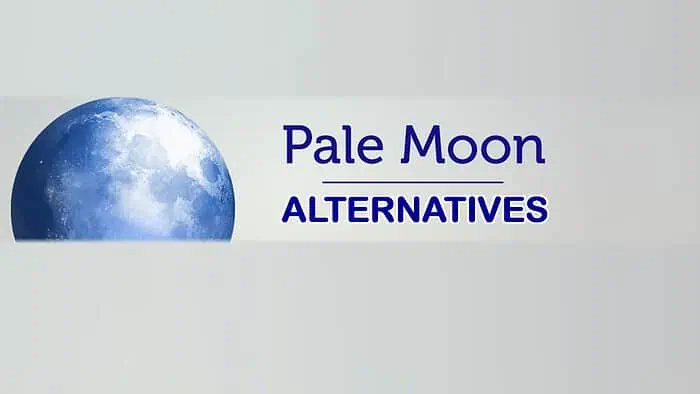
If you’re looking for a Pale Moon alternative, I got hands-on with more than 20 powerful browsers that are fast, secure, and full of features.
After narrowing my picks to 10, here are the ones that stand out the most and how they perform against Pale ?oon.
Best 10 Pale Moon Alternative Browsers
1. Opera – Best Pale Moon Alternative

Having spent a good year with Pale Moon, I decided to make the jump to Opera to gain access to its Chromium extensions and Aria AI assistant. While Pale Moon is no slouch when it comes to legacy Firefox add-ons, Chromium offers a much wider choice.
Moreover, Aria AI is the most powerful built-in assistant of any current browser. Not only does it summarize complex webpage info, but it can also pull anything from the web as soon as you ask. Unlike other AI assistants, it even has a text-to-image generator based on Google’s Imagen 2 model.
I always liked that Pale Moon protects user data and blocks tracking cookies. However, Opera steps it up by offering a full ad-blocker to speed up the browsing experience and prevent annoying banners. Furthermore, it comes with a completely free VPN to encrypt internet traffic and mask your real IP address.
Pale Moon’s traditional interface is appealing, but I can’t fault Opera’s retractable sidebar, which allows you to use messaging apps within the browser.
For me, Opera is the best modern alternative to Pale Moon, though it does use more RAM.
Pros:
- More extensions
- Full ad-blocker and VPN
- Use messaging apps in-browser
Cons
- Bulkier interface
- More resource-intensive
2. Chrome – Best for Google Account Users

There are many reasons you might want to avoid Chrome. It sends data back to Google and consumes a lot of system resources compared to Pale Moon and most other browsers.
However, its variety of features and ease of use continue to make it the most popular browser in the world based on the latest browser stats.
Visually, it’s not much different than Pale Moon, with a traditional address bar and horizontal tabs by default.
Unlike Pale Moon, Chrome has joined the AI bandwagon, with experimental AI features now ready to download. It creates page summaries when highlighting text and its generative chatbot provides human-like responses to questions rather than regular Google search results. It also generates custom themes based on your input and suggests tab groupings to help organize your workflow.
Though Pale Moon’s Firefox-based extensions are plenty Chrome’s extension library is the largest of any browser. Nonetheless, the interface itself is less customizable than Pale Moon.
My main criticism is that it requires more RAM than Pale Moon. Those with low-spec PCs might wish to look elsewhere to conserve system resources.
However, For Google account users who want cross-device syncing and integrations with products like Drive and Docs, it’s a no-brainer.
Pros:
- Endless extensions
- Great AI assistant
- Seamless Google account syncing
Cons
- Uses a lot of RAM
- Not as customizable outside of extensions
3. Vivaldi – More Customizable Alternative
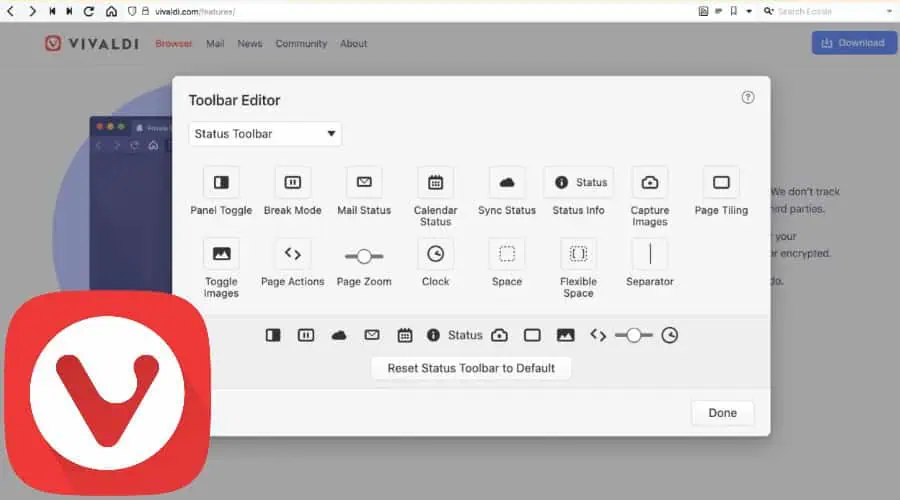
If you like the freedom of Pale Moon when it comes to themes, toolbar customization, and its CSS modifications, then you’ll love Vivaldi. It offers even more tweaks, though there’s a bit more of a learning curve.
You can drag toolbars and other elements to wherever you want them. Moreover, it supports custom keyboard shortcuts, icons, themes with scheduled switching, mouse gestures, and much more.
Tabs are also under your full control. Prefer a tree structure? No problem. What about stacks or tiles?
Vivaldi takes privacy seriously too. As well as private browsing, I was pleased to find a full ad-blocker, cookie tracker blocking, and a completely free VPN.
Being Chromium-based, most of the Chrome extensions are available. However, because it has a cleaner interface and strong ad-blocking, it takes up much less RAM, so is perfect for lower-end computers.
Pros:
- Even more customizable than Pale Moon
- Free VPN and ad-blocker
- Access to Chromium extensions
Cons:
- Pale Moon is easier to customize
- Lacks the retro design of Pale Moon
4. Firefox – Modern Pale Moon Alternative

Pale Moon is forked from the code behind Firefox, so it’s only natural to try the latest Firefox as an alternative. Of course, the charm of Pale Moon is it appeals to classic Firefox users. However, this has its limitations.
In short, Pale Moon only supports legacy Firefox add-ons and has built upon this with its own library. Firefox itself now has a much larger extension store and appeals to a mass audience.
Like Pale Moon Firefox offers a good level of customization, allowing you to choose where its toolbars and menus should appear. It also has a deep level of settings for tweaking functionality not available with other mainstream browsers.
Both browsers have a similar approach to privacy, providing cookie tracker blocking and protection against dangerous extensions. However, Firefox lets you choose different levels of security and can manage privacy rules on a per-site basis.
Firefox also has a lot of native features, such as Pocket, which saves webpage content and videos for offline viewing.
The drawback of offering more features is it performs slower than the scaled-back Pale Moon.
Pros:
- Larger extension library
- More control over privacy and security
- Extra features like Pocket
Cons:
- Not quite as customizable
- More resource intensive
5. Brave – Most secure alternative
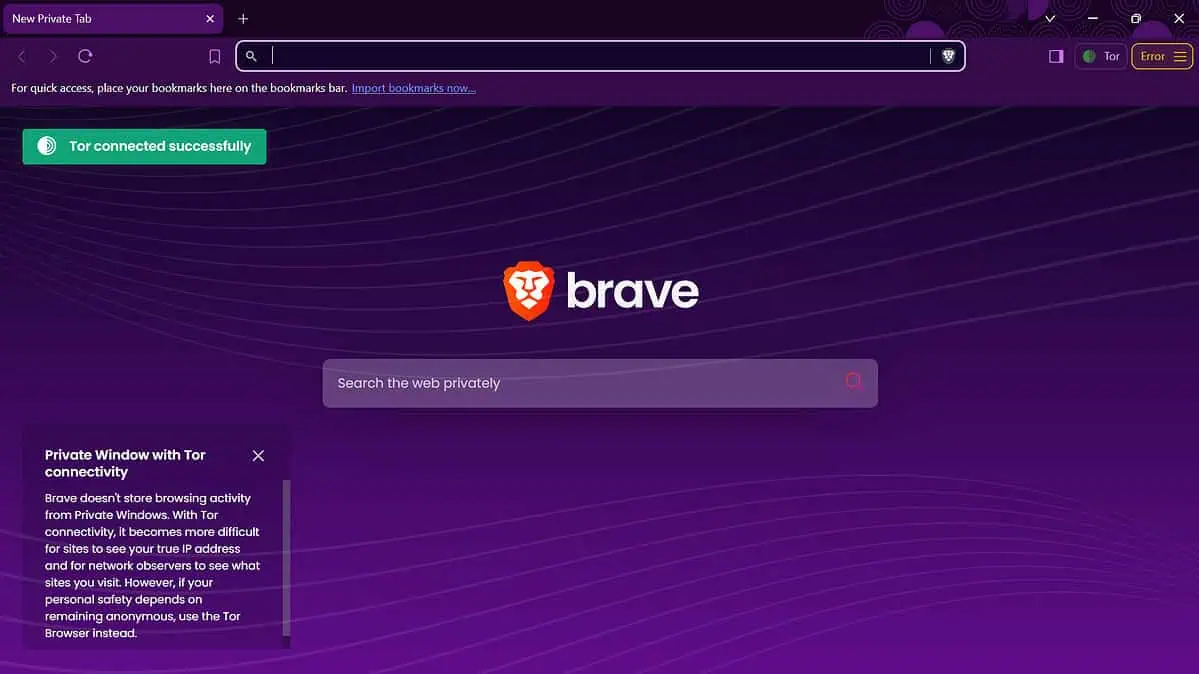
The Brave browser is gaining huge traction thanks to its focus on privacy. If you like the scaled-back interface and secure nature of Pale Moon, then Brave offers all that and more.
While Pale Moon blocks tracking cookies, Brave blocks everything including banners and other display ads.
It also offers a VPN for full anonymity, but this will set you back $9.99/mo after the free trial expires.
Alternatively, free Tor browsing is built in. This is an even more secure version of browser encryption that lets you access the dark web too.
Like Pale Moon, Brave takes a minimalist approach with the entire screen dedicated to the web page, horizontal tabs, and all sidebars hidden by default. This consumes much less RAM than the likes of Chrome.
Since it runs on Chromium, its extension library offers more than Pale Moon.
It also comes with the Leo AI assistant, which summarizes webpage info, answers questions, and helps generate unique text content from your queries.
I particularly like its Brave Talk conferencing app that offers unlimited time and participants.
Pros:
- Most secure web browser
- Chromium Extensions
- AI assistant
Cons:
- VPN is a premium feature
- Lacks the retro design of Pale Moon
6. Edge – Best for Windows Users

Microsoft Edge is a natural Pale Moon alternative for those who use Microsoft apps like Office 365, Outlook email, Calendar, etc., as these are heavily integrated into the browser.
However, it is not a scaled-back option like Pale Moon and will appear cluttered to those switching over due to multiple sidebars and vertical tabs.
It stands out with its AI Copilot which helps you compose content, explore page content, and get a full chatbot experience. It’s also the only browser that automatically compares prices when visiting shopping sites and finds promo codes to give you discounts.
Now based on Chromium, Edge benefits from a larger library of extensions than Pale Moon.
Both provide standard privacy features, but Edge excels with site-specific privacy settings and tracking prevention levels. Conversely, you must accept that some of your data is going to be sent to Microsoft.
Pros:
- AI assistant
- Chromium extensions
- More control over privacy
Cons:
- Bulkier interface
- Uses more RAM
7. Avast Secure Browser – Best for Avast Users
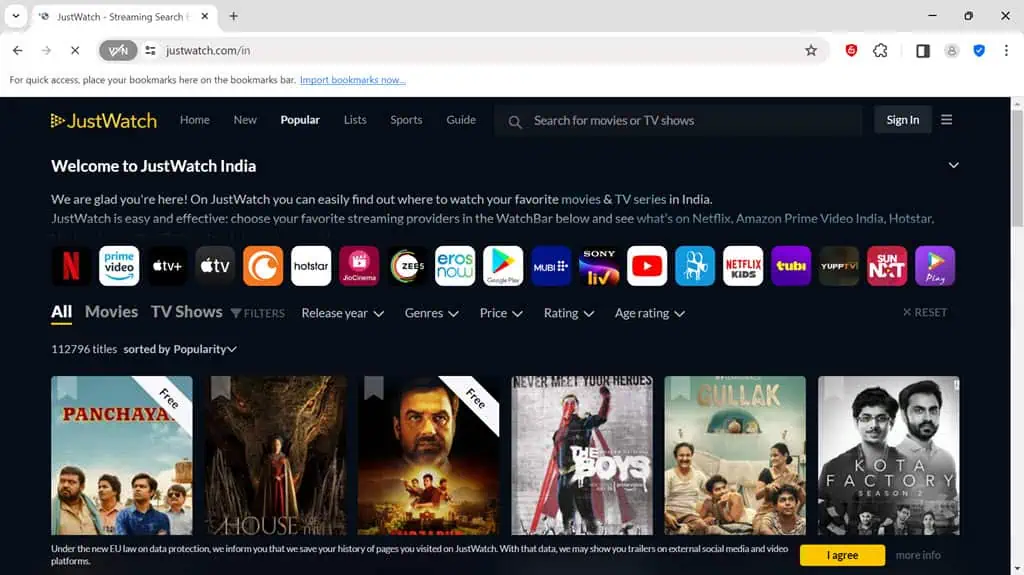
Avast Secure Browser is a worthy contender that mirrors Brave in many ways. If you already use Avast’s other security software, it provides seamless integration.
The privacy-focused browser boasts a full ad-blocker, advanced anti-tracking, secure shopping, and a free version of its Avast SecureLine VPN, as long as you don’t use more than 500 MB of data a month.
If you find Pale Moon’s extensions lacking, Avast Secure Browser is built on Chromium, which means it supports many of the same extensions as Chrome, but not all.
Nonetheless, its minimalist interface is more similar to Pale Moon than Chrome and runs with less impact on the system.
Pros:
- Private and secure
- Chromium extensions
- Minimalist interface
Cons:
- Brave is better for non-Avast users
- Lacks AI and other extra features
8. Shift – Best Browser for Work

A minimalist browser like Pale Moon may keep some distractions at bay but when I’m working, I prefer Shift. It’s specially designed to help you manage all your online accounts from a single browser.
What’s more, using Spaces, you can make sure your personal browsing never interferes with your work activity.
I like that all my important apps are integrated without using extensions and I can create my own custom workflows. That means Slack, Trello, LinkedIn, Office 365, and over a thousand other tools are just a click away – no logging in and out, just seamless switching.
Like Pale Moon, there are ample options for customization, such as themes and layouts. Plus, you can manage notifications for all your connected apps, so you only get the most important communications.
As a Chromium browser, you also get access to countless extensions beyond its native app integrations.
The drawback is this is a specialized browser that requires a $149/yr premium plan to use more than two web and one app accounts.
Pros:
- 1,000+ integrated apps
- Chromium extensions
- Customizable
Cons:
- Limited free version
- Apps take up screen space
9. Arc – Best new Windows browser

After much fanfare on Mac, Arc was released for Windows in 2024 and is quickly gaining support among those who prefer minimalist web browsers.
Though it doesn’t have the traditional feel of Pale Moon, it keeps the address bar hidden while handling tabs vertically.
If like me, you use one single large monitor, its unique split-screen windows are perfect for viewing two pages at once without having to jump between them and losing the information.
Tabs, bookmarks, and apps are all displayed on the left and you get free reign over how to organize them.
It offers more privacy and security features than Pale Moon with uBlock Origin ad blocker integrated by default. This ensures all tracking cookies, dangerous scripts, and display advertising is blocked. Per-site filtering is also available.
While it’s Chromium-based, the number of compatible extensions is limited at this time. However, if you like the lightweight nature of Pale Moon, Arc may be just what you’re looking for.
Pros:
- Lightweight and minimalist
- Powerful ad-blocker
- Unique split-screen pages
Cons:
- Limited extensions
- Not as advanced as the Mac version
10. Tor Browser – Best for The Dark Web
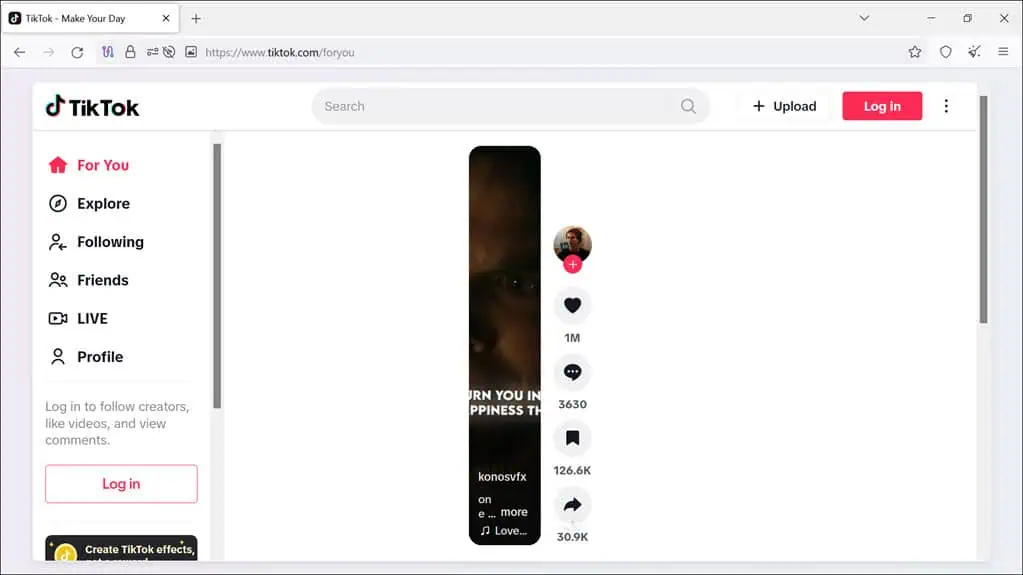
While Brave has a Tor browsing feature built-in, the standalone Tor browser is still worth considering, especially because it is built off Firefox, much like Pale Moon. Also, there are no annoying sidebars, and you get a traditional address bar and tabs at the top.
The benefit of Tor is impenetrable encryption that can even bypass filters and VPN bans in heavily restricted countries. However, this makes browsing very slow, so it’s only suitable for niche users.
Despite the technical wizardry of the dark web, the browser is extremely easy to use. Just click connect and you’re good to browse the regular and dark web with complete anonymity.
Nonetheless, many other unblocked browsers are better for regular web browsing.
Pros:
- Similar backend to Pale Moon
- Private and secure
- Access the dark web with ease
Cons:
- Slow to load content
- Limited extensions
- Aimed at niche users
How to Choose the Best Pale Moon Alternative
Choosing a Pale Moon alternative requires the following considerations:
- Customization – Pale Moon users will be aware of its personalization settings, open-source developer community, and support for legacy Firefox extensions. If you want a browser with a little more freedom, make sure to choose one with a good extension library and enough settings to make it your own.
- System Performance – While most modern PCs can handle browsers without serious slow-downs, performance can still take a hit when running multiple tabs and windows. I benchmarked the browsers below, so you can get a good idea of how much RAM is consumed.
- Privacy and Security – If you want to keep your personal data and browsing activity secure, be on the lookout for tracker blocking, ad-blocking, and the ability to use a VPN within the browser. Pale Moon doesn’t collect user data, but that’s not the case with the likes of Edge and Chrome.
- Interface – Whether you like vertical tabs and easily accessible sidebars, a browser that has the least clutter onscreen, or the old-school look of Pale Moon, choosing the right user interface is important.
- Integrated AI – More browsers are now integrating AI to help summarize pages, find information in a digestible way, and even generate content like email responses. Pale Moon has yet to implement an AI assistant.
Summary
Now you’ve had a rundown of Pale Moon alternatives and what features to look out for, here’s how they stack up based on performance and other key aspects.
To test RAM usage, I opened the same 5 tabs on each browser and recorded an average range. Your own system and results may differ slightly.
| Browser | RAM Usage | Extensions | AI Assistant | Customization | Privacy Rating |
| Opera | 1,300-1,320 MB | Chromium | Yes (Inc. Text-to-Image) | Limited | 4/5 |
| Chrome | 1,750-1,800 MB | Full Chromium | Yes | Limited | 2.5/5 |
| Vivaldi | 595-615 MB | Chromium | No | Full interface tweaking | 4/5 |
| Firefox | 1,700-1,720 MB | Firefox Extensions | No | Interface and developer settings | 3/5 |
| Brave | 560-580 MB | Chromium | Yes | Limited | 5/5 |
| Edge | 1,000-1,050 MB | Chromium and Microsoft Store | Yes | Limited | 2.5/5 |
| Avast Secure | 700-750 MB | Limited Chromium | No | Limited | 4/5 |
| Shift | 780-820 MB | 1,000+ App Integrations | No | Themes and app organization | 2.5/5 |
| Arc | 620-650 MB | Limited Chromium | No | Limited | 3.5/5 |
| Tor | 780-800 MB | Limited Firefox extensions | No | Limited | 5/5 |
Ultimately, Opera is my go-to Pale Moon alternative because it combines all the modern features you could need from a browser while still having minimal impact on your PC compared to Chrome and Edge. Its full ad-blocker and VPN, along with in-browser messaging apps are a game changer.
For a higher level of customization, go with Vivaldi and for the best security, Brave has set the bar without needing to suffer the slowness of Tor.
Which Pale Moon alternative do you prefer? Let me know in the comments below!


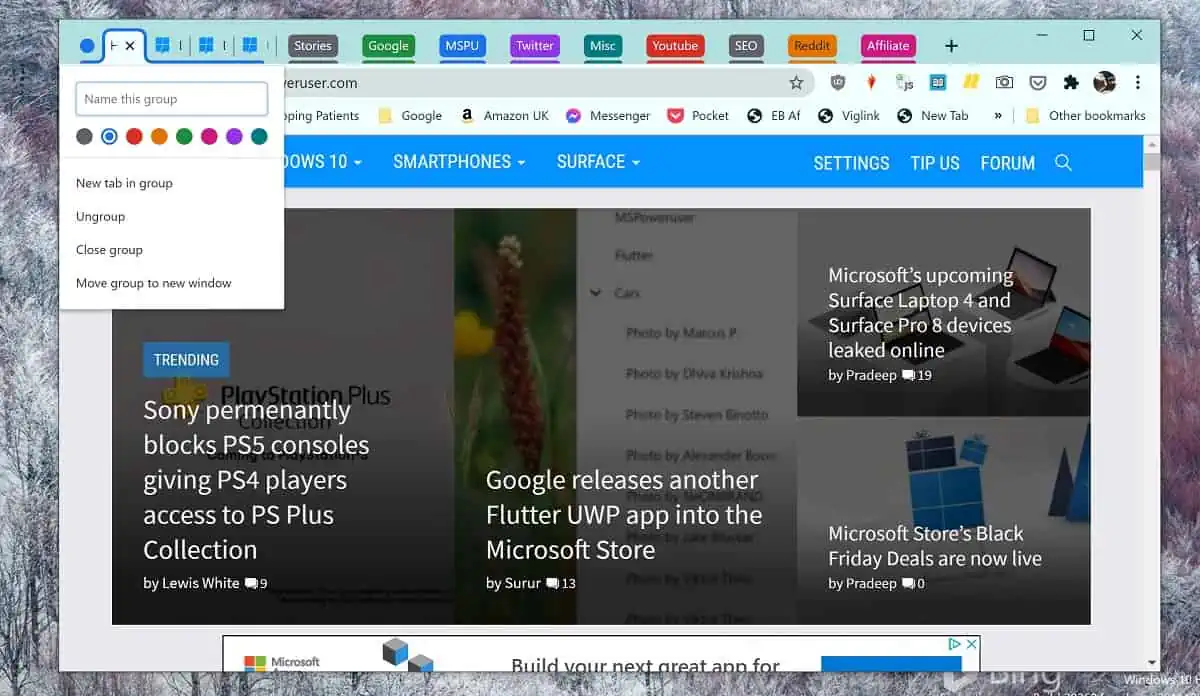






User forum
0 messages